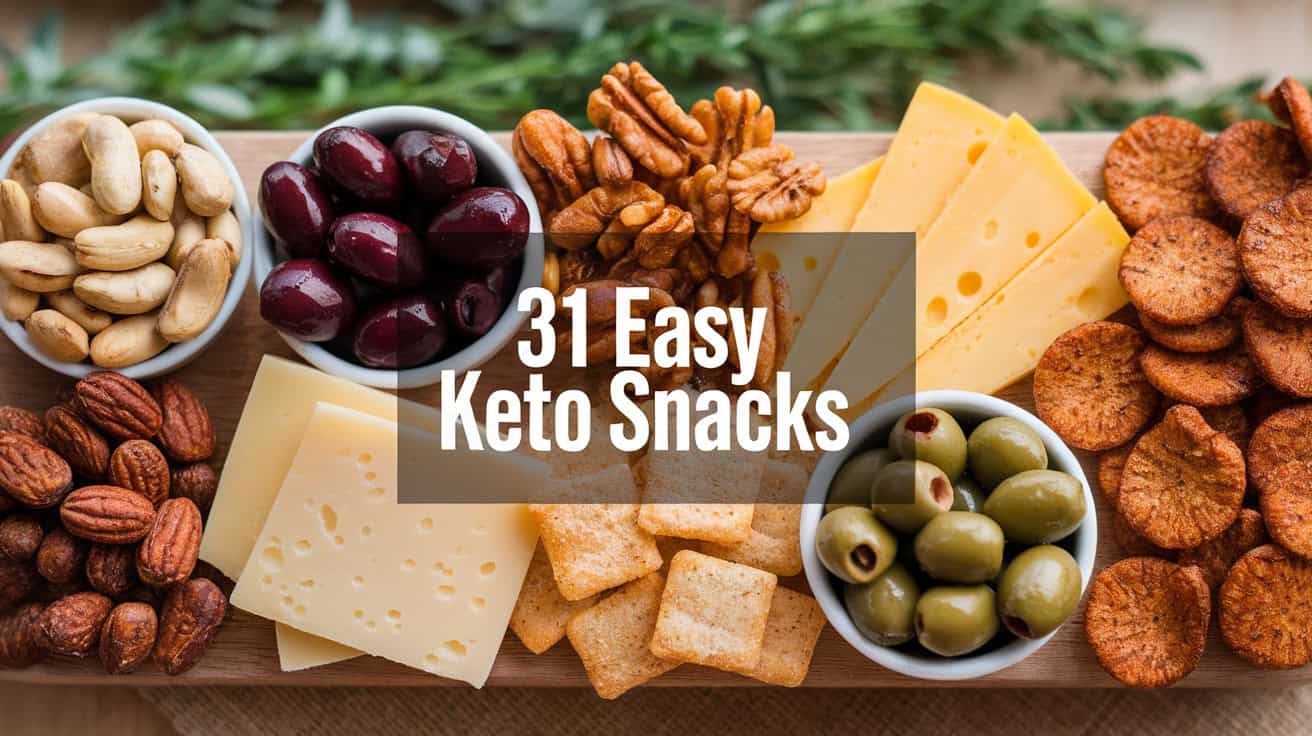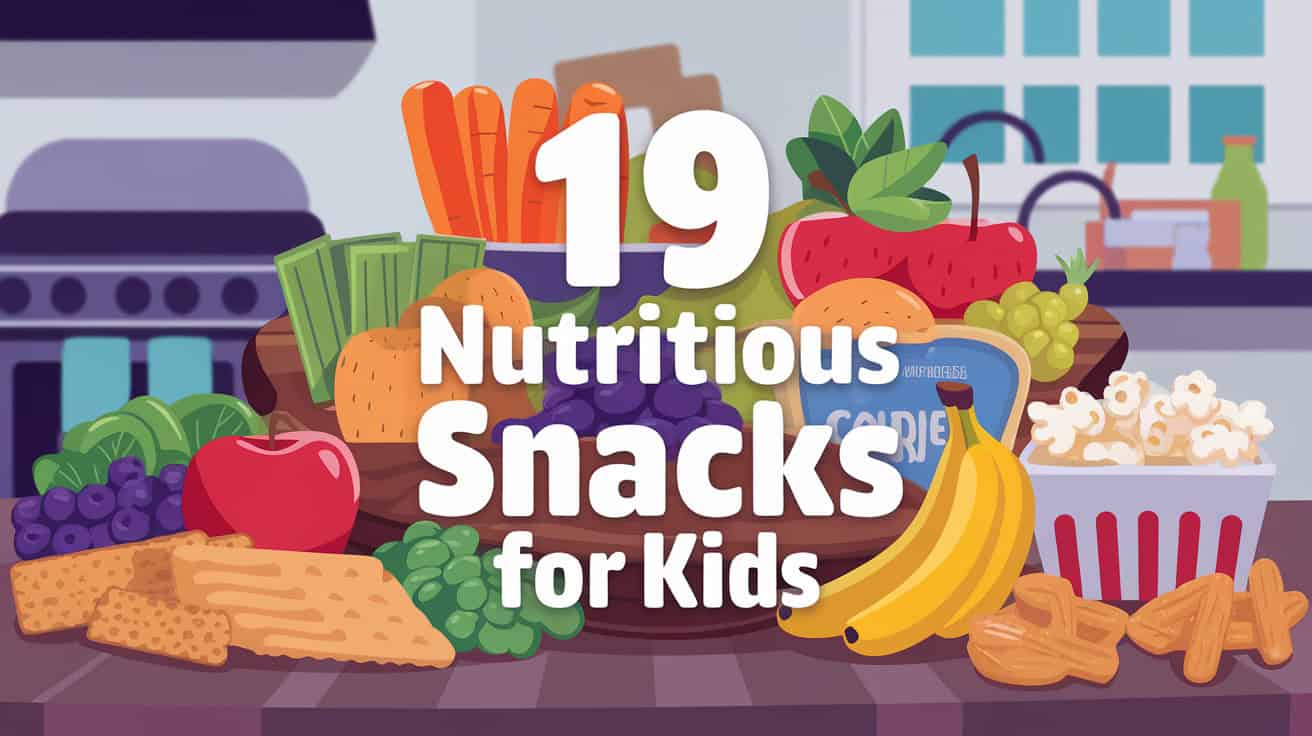When it comes to canning recipes, there’s no better way to capture the essence of your favorite fruits, vegetables, and even meats than by preserving them at their peak freshness. Whether you’re a seasoned pro or just starting out, canning allows you to enjoy the flavors of each season all year round.
From classic jams and jellies to more adventurous pickles and sauces, these canning recipes offer a variety of options to suit any taste. The process not only ensures that you have a pantry stocked with homemade goodness but also gives you the satisfaction of knowing exactly what’s in your food.
Plus, it’s a great way to reduce waste and make the most of your garden’s bounty or seasonal produce sales. Each recipe provides an opportunity to create something special, with a touch of nostalgia and a whole lot of flavor.
1. Understand Acidity Levels
Knowing the acidity of your ingredients is crucial. High-acid foods like fruits can be water-bath canned, while low-acid foods like meats and vegetables require pressure canning to ensure safety. The right method is essential to prevent spoilage and maintain quality.
2. Focus on Sterilization
Always sterilize your jars and lids before canning. This step prevents contamination and extends the shelf life of your canned goods. Even a small lapse in sterilization can compromise the entire batch.
3. Consistent Headspace Management
Maintaining the right amount of headspace in your jars is key. Too little, and your jars may not seal properly; too much, and you risk spoilage. Consistency in headspace ensures a perfect seal every time.
Canning Recipes
25. Peaches from Tastes Better from Scratch

24. Mandarin Oranges from Arctic Garden Studio

23. Pineapple Chunks from Canning Homemade

22. Peaches in Juice from The Free Range Life

21. Crisp Apple Slices from Reformation Acres
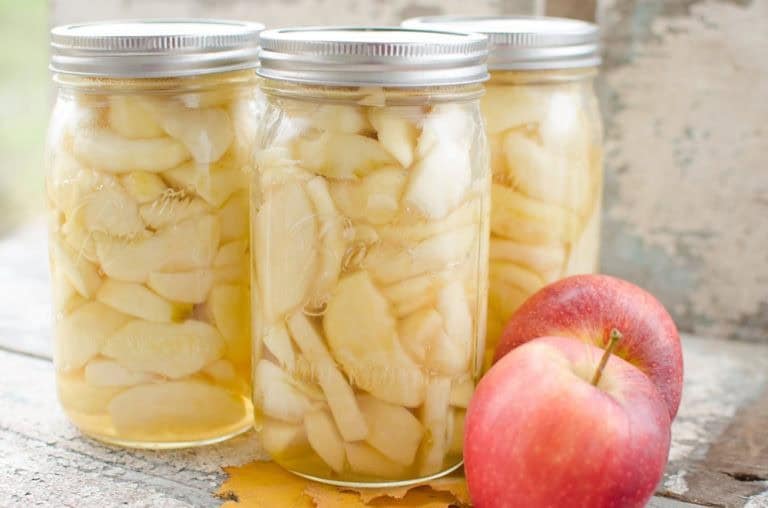
20. Fruit Cocktail from Just imagine Heaven
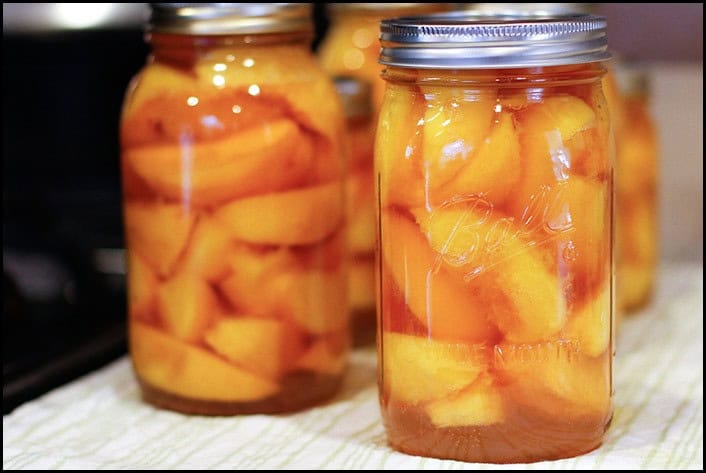
19. Canning Peaches (No Sugar Recipe) from Happy Money Saver

18. Strawberries from Whole Eats & Whole Treats

17. Cinnamon Pears Recipe from Creative Homemaking
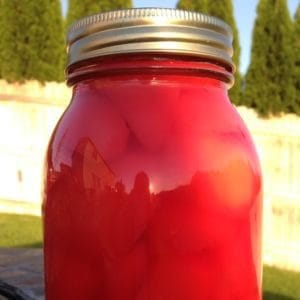
16. Spiced Plums from Back to Our Roots

15. Apple Pie Filling from Frugal Farm Wife
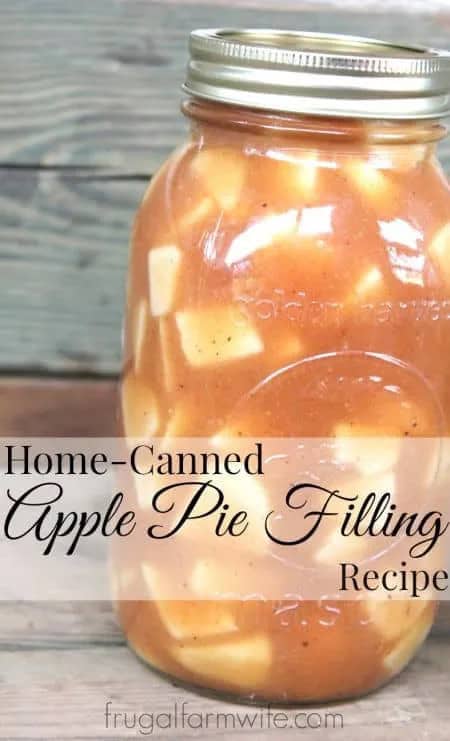
14. Strawberry Syrup from Jamie Cooks It Up
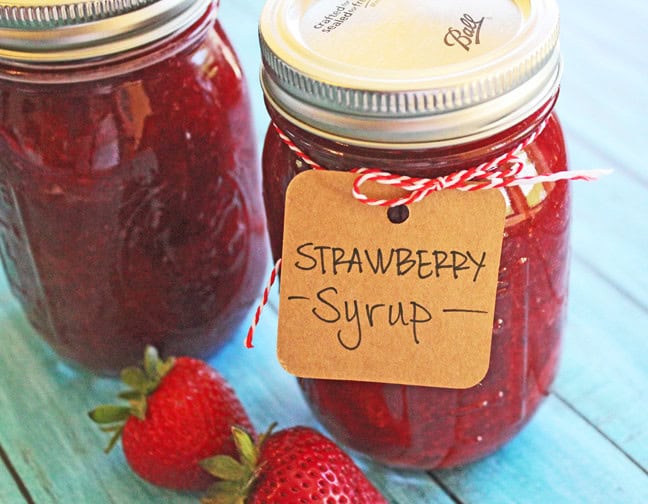
13. Blackberry Pie Filling Recipe from Our Simple Homestead

12. Peach Pie Filling from The Kitchen Whisperer

11. Strawberry Pie Filling from One Acre Vintage Home
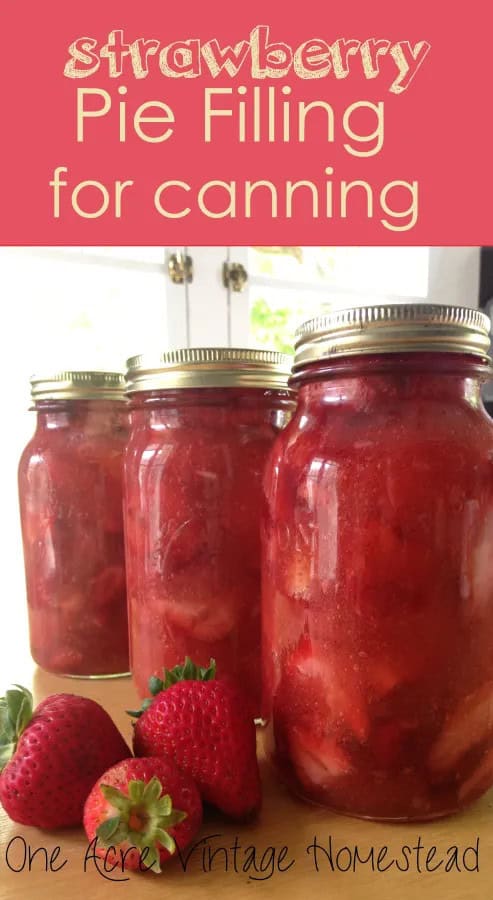
10. Blueberry Pie Filling from The Naptime Chef

9. Blackberry Syrup from Mennonite Girls Can Cook

8. Glazed Carrots from New Life on a Homestead

7. Canning Blueberry Syrup from Ball Recipes

6. Potatoes from Reformation Acres
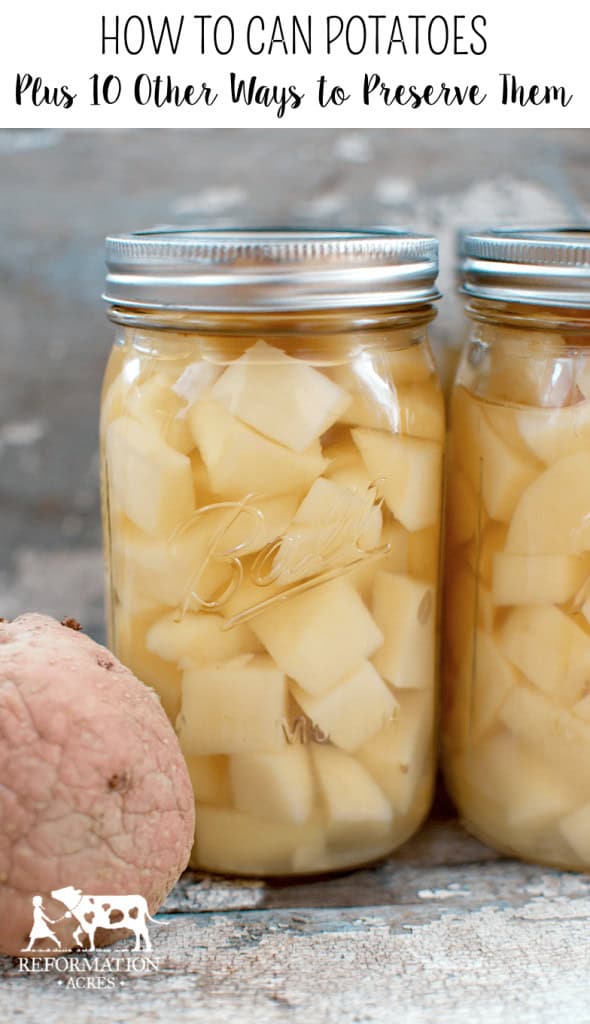
5. Green Beans from Krista’s Kitchen

4. Diced Tomatoes from Thrifty Frugal Mom

3. Pickled Asparagus Recipe from Melissa Norris

2. Canning Cabbage from Little House Living

1. Pickled Beets from Creative Homemaking
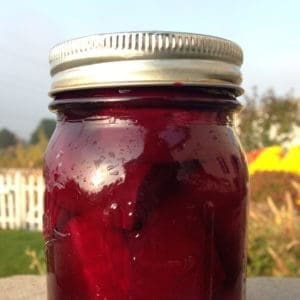
What are the most important safety precautions to take when canning?
When canning, safety is paramount. Always use tested recipes from reliable sources to ensure proper acidity levels, which prevent the growth of harmful bacteria like botulism. Make sure your jars, lids, and other equipment are sterilized. Always follow the recommended processing times and methods for your specific food type to avoid contamination.
How long can home-canned foods be safely stored?
Home-canned foods are generally safe for 12 to 18 months if stored in a cool, dark place. Over time, nutritional value and taste might decline, but the food remains safe to eat as long as the seal is intact and the food shows no signs of spoilage, such as mold, off smells, or bubbling.
What should I do if a jar doesn’t seal properly?
If a jar fails to seal properly after processing, you have two options: reprocess the jar within 24 hours using a new lid, or refrigerate the jar and consume the contents within a week. Never attempt to store unsealed jars at room temperature.











